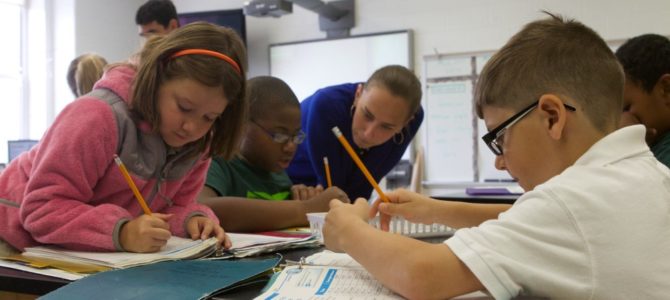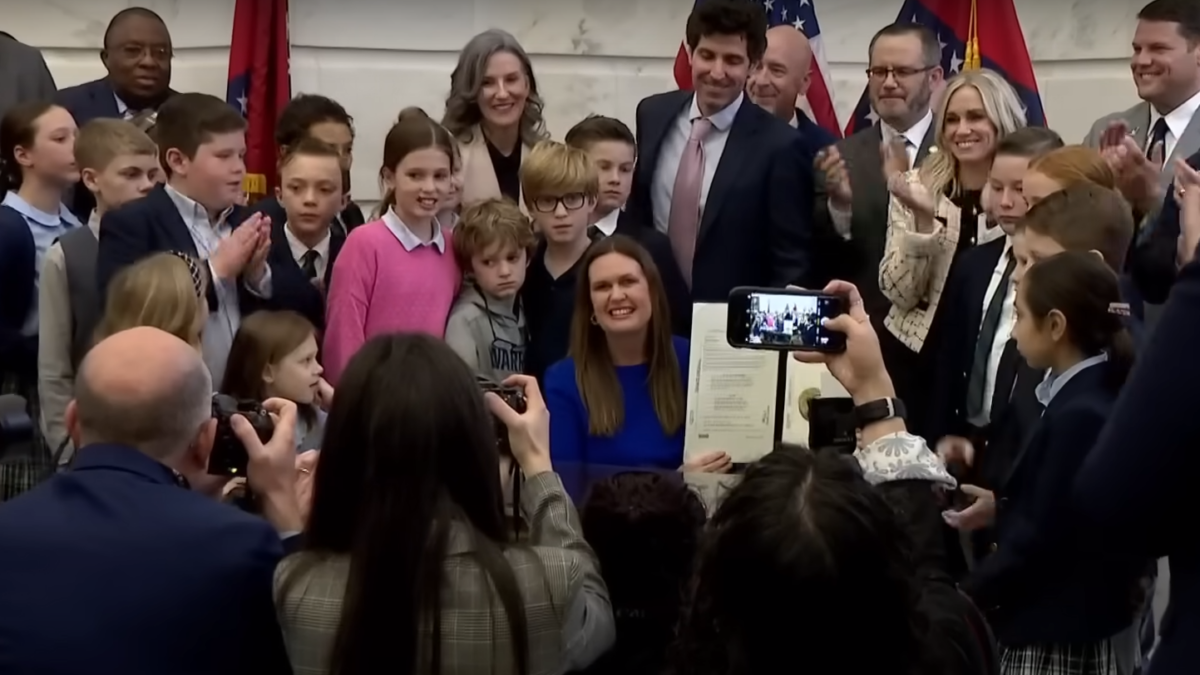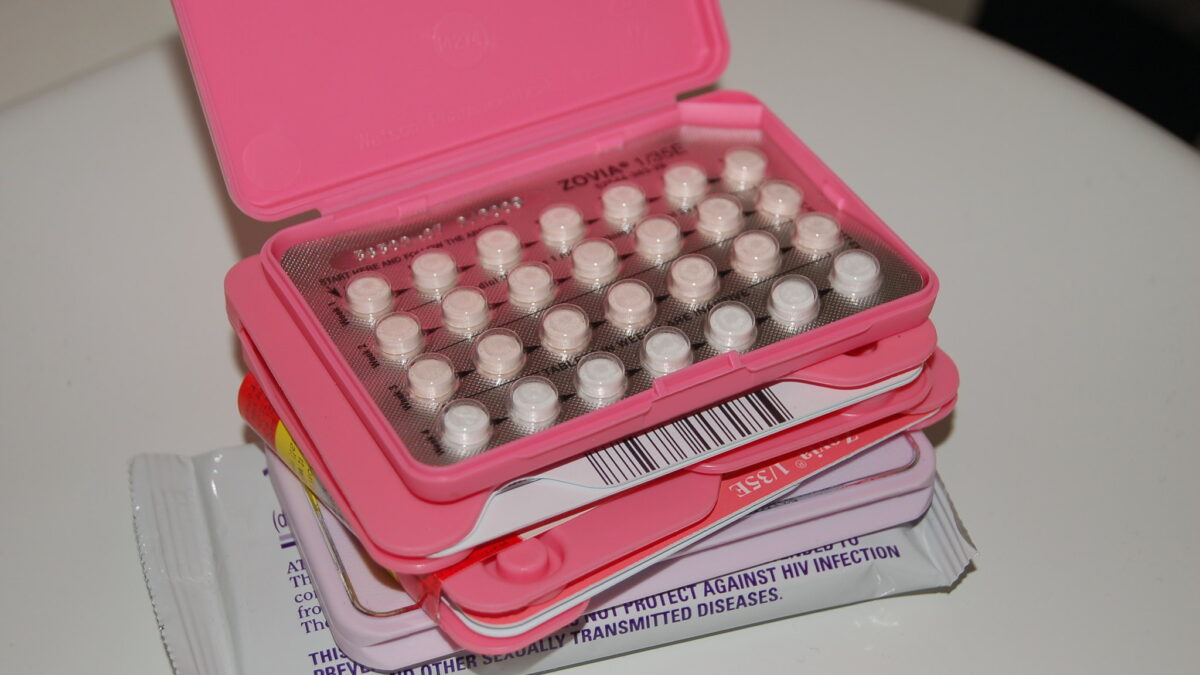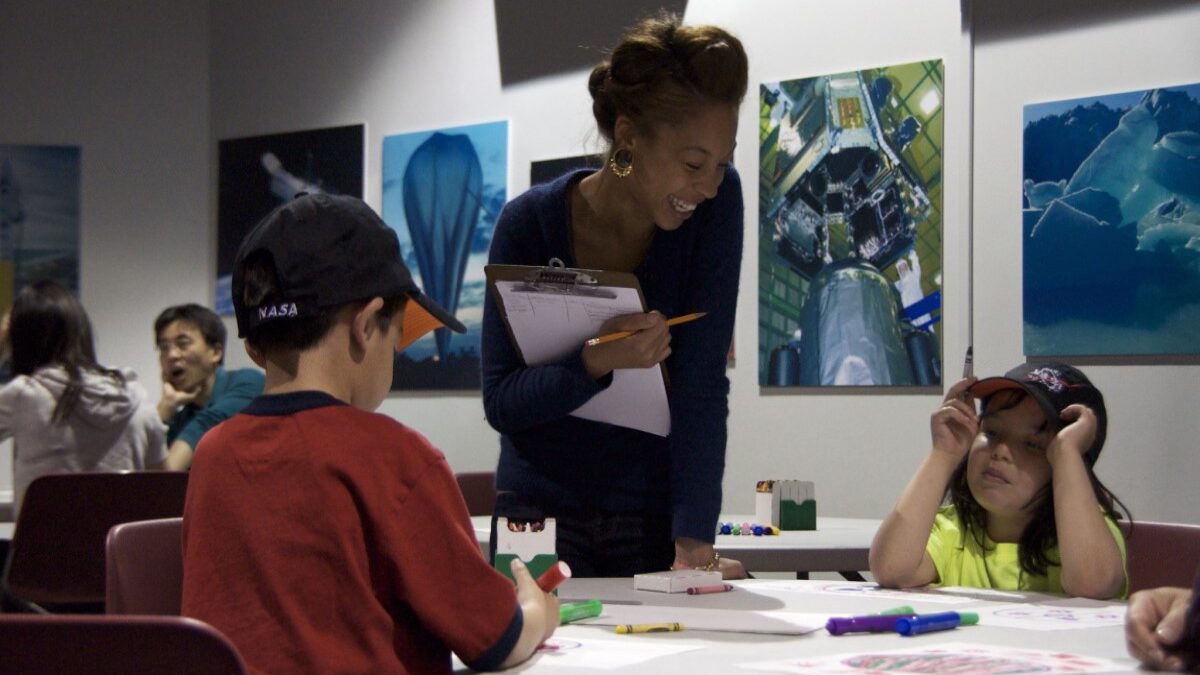
For a year-and-a-half, children across the nation, including kindergartners, had to attend school virtually, watching their teachers on Zoom and logging onto the school website to be counted present for class. As for the kids who managed to attend in-person learning, the combination of social distancing, masks, and paperless instruction made their experience similar to those learning from home—except less fun and more depressing.
Anyone with common sense could’ve predicted that these restrictions would inflict a heavy toll on students’ learning and development. As bad as public schools could be, the sheer absence of any structured learning would result in severe learning gaps.
True, some parents took this as an opportunity to homeschool and prevent the vicious influence of leftist ideology from taking over classrooms. But far more parents were simply waiting for schools to open again and praying the learning loss wouldn’t be too bad.
Of course, it’s difficult to imagine what the “Covid Slide” really looks like, so many people might still believe it’s possible to forget about the 2020-2021 school year. While test scores may be lower, this doesn’t necessarily mean the kids have suffered too much, does it?
For those of us in the classroom, it is apparent that many students have indeed suffered, some more than others. They cannot write as much or as well; their vocabulary is lower than usual; they lose focus easily when reading; they struggle remembering what’s read or discussed in class; they have a harder time responding to questions; and they are far behind in math. Although this is somewhat normal at the beginning of the school year because of summer learning loss, it has definitely been more pronounced this year.
However, even more important than what the students know or don’t know are the habits that have formed during that lost year-and-a-half, mainly with their technology. Most students have somehow increased their already crippling attachment to their smartphones. Even if they can walk through the halls without a mask (at least here in Texas), they will still hide behind their screens. It has reached a point where their devices don’t merely impede or hinder learning, they frequently prevent learning altogether.
While it’s tempting to consider who exactly is responsible for this situation—and there’s certainly plenty of blame to go around—it would be more helpful to consider how to recover from it. Educators welcoming back students this school year need to help them readjust to the world and fill in the learning and developmental gaps that have arisen. This means a simple “return to normalcy” won’t be enough.
For the time being, many schools have doubled down on Social Emotional Learning (SEL). The assumption is that students coming back are anxious and need to simply have some time to know their peers, teachers, and school. Therefore, administrators and teachers are encouraged to create a low-stress environment in which the kids can feel safe.
As nice as this sounds, it can often come at the cost of academic learning. Time set aside for ice-breaker activities, sharing stories about last summer or last weekend, and discussions about classroom norms is time taken away from teaching content. More importantly, the thinking behind pushing SEL above all else tends to cast a shadow on enforcing academic rigor. After all, these kids have been through so much (or rather, they’ve been through so little, since they were stuck at home), so it’s wrong to burden them with too much work.
However, this is wrong. SEL and academic learning are not incompatible. Each complements the other, and understanding this will be the key to recovery.
Behind SEL and academic learning is the idea of cultivating personal discipline. Although the word “discipline” has come to have an oppressive connotation, it was originally a positive idea implying structure, consistency, strength. What is holding students back right now is precisely a lack of personal discipline, which continues to generate stress, uncertainty, and intellectual stagnation.
The first step to instilling personal discipline would be removing the smartphones. So long as students can resume the habit of distracting themselves and ignoring their work during class and beyond, improvement will never happen. It’s that simple. Most schools allow teachers to set up their own rules for phones, but the problem is so widespread and so endemic that it requires stronger measures.
Once a phone policy is in place, all teachers need to make a greater effort to challenge their students academically. They need to assign more work, take more grades, and eliminate downtime in their classes. In practice, this translates to less group work and fewer arts and crafts projects, and more quizzes and worksheets.
Some may object that this is boring and amounts to mindless rote learning. On the contrary, students have more opportunities to practice critical thinking and problem-solving in very real ways with such assignments than they would in trying to manage their immature group members and make their projects look pretty. As for being boring, a project is every bit as likely to bore students as any worksheet; it all depends on whether the task is meaningful and challenging.
Nevertheless, in the beginning, students will resist, more because of the shock of doing real work than in the actual nature of the work. There is no easy or gentle way to break bad habits that have formed, and any attempt to do so is only stalling. The kids have already had their dessert. It’s time to eat their vegetables.
Fortunately, over time, the resentment will fade as the satisfaction that comes with being productive and developing self-control emerges. If the teachers, along with the administrators who support them, can hold fast and help instill discipline, they will have a calmer and happier school with more capable students.
Only this way can the students recover from their year-and-a-half learning loss and come out stronger. The problem is quite real, and the solution will make larger demands on educators than they will probably like, but if the motivation is there—and for most educators, it is—then a brighter outcome is possible.









